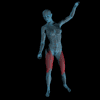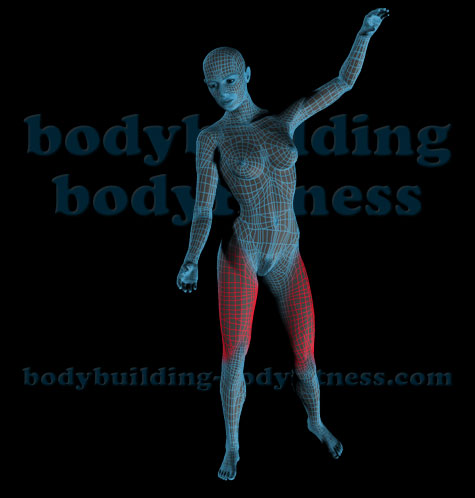|
||||
|
Body building - Body fitness
|
||||
|
|
|
|
||
|
|
|||||||||||||||||||||
|
|
|
||||||||||||||||||||
|
||||||||||||||||||||||
|
|
|
|
|
Bodybuilding-bodyfitness © 2003-2007 All rights reserved.
|
||

